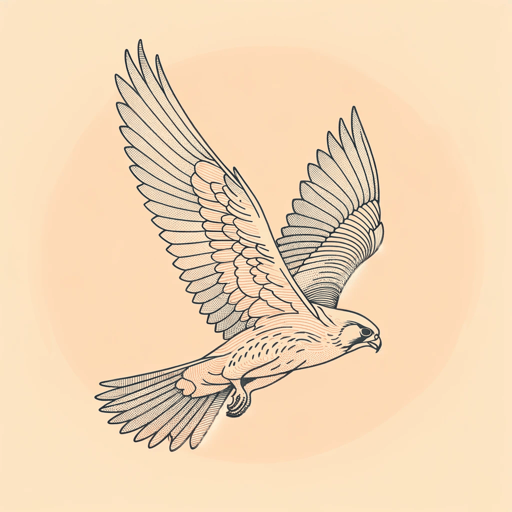26 pages • 52 minutes read
William Butler YeatsThe Second Coming
Fiction | Poem | Adult | Published in 1919A modern alternative to SparkNotes and CliffsNotes, SuperSummary offers high-quality Study Guides with detailed chapter summaries and analysis of major themes, characters, and more. For select classroom titles, we also provide Teaching Guides with discussion and quiz questions to prompt student engagement.
Literary Devices
Blank Verse
Blank verse is a form of poetry that follows a metrical pattern but doesn’t have a rhyme scheme. “The Second Coming” is considered blank verse because it loosely follows iambic pentameter. Iambic pentameter traditionally consists of 10 syllables per line that follow a pattern, beginning with an unstressed syllable followed by a stressed syllable. While Yeats alternates stresses in “The Second Coming,” he sometimes uses more than 10 syllables, such as in Line 13, which has 13 syllables.
Symploce
Symploce is a device in which the same word or phrase appears at the beginning of two lines and another word or phrase appears at the end of two lines. Yeats uses this device in the couplet that begins the second stanza: “Surely some revelation is at hand; / Surely the second coming is at hand” (Lines 9-10). Yeats uses the device to make it seem as though his speaker is coming to a conclusion.
Consonance
Consonance is a literary device that repeats two similar-sounding consonants. Yeats uses this device frequently in “The Second Coming,” most notably in the heavy “n” sound in the words “turning,” “widening,” “falcon,” “cannot,” and “falconer” of Lines 1 and 2.
Related Titles
By William Butler Yeats

Among School Children
William Butler Yeats

A Prayer for My Daughter
William Butler Yeats
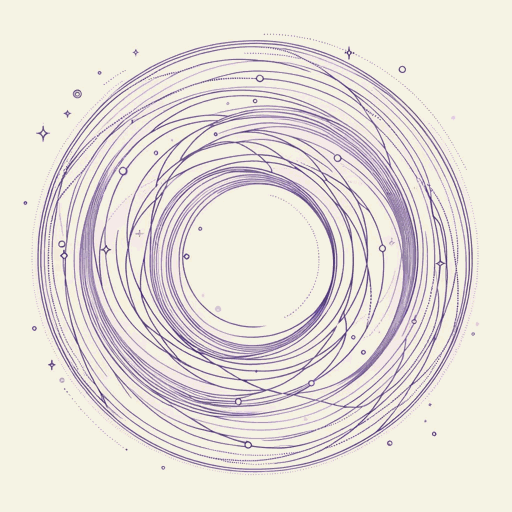
A Vision: An Explanation of Life Founded upon the Writings of Giraldus and upon Certain Doctrines Attributed to Kusta Ben Luka
William Butler Yeats

Cathleen Ni Houlihan
William Butler Yeats

Crazy Jane Talks with the Bishop
William Butler Yeats

Death
William Butler Yeats
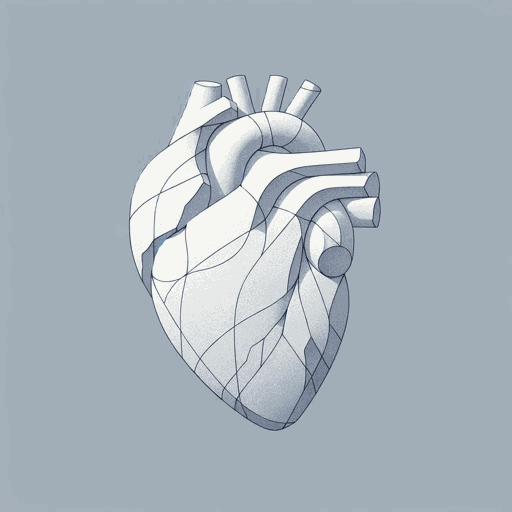
Easter, 1916
William Butler Yeats

Leda and the Swan
William Butler Yeats
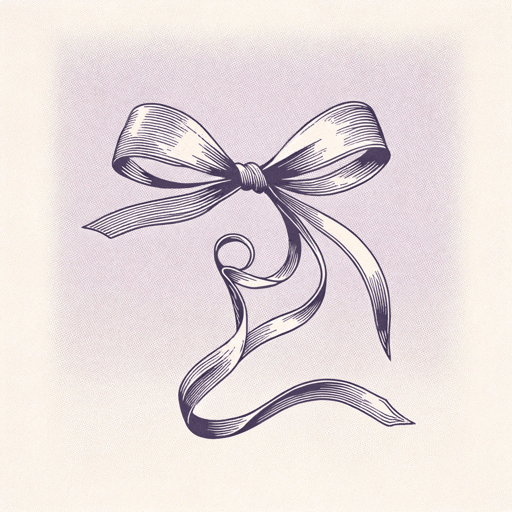
No Second Troy
William Butler Yeats

Sailing to Byzantium
William Butler Yeats

The Lake Isle of Innisfree
William Butler Yeats
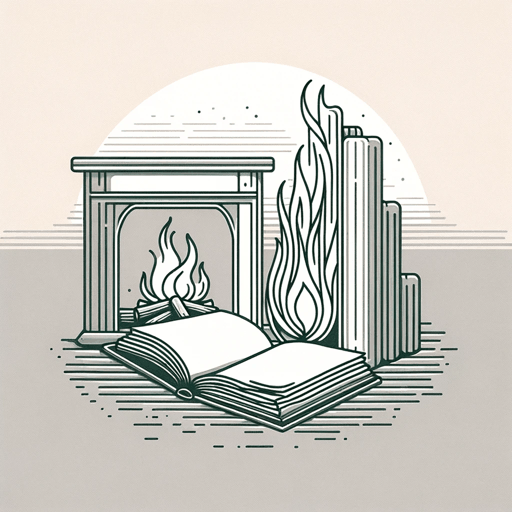
When You Are Old
William Butler Yeats
